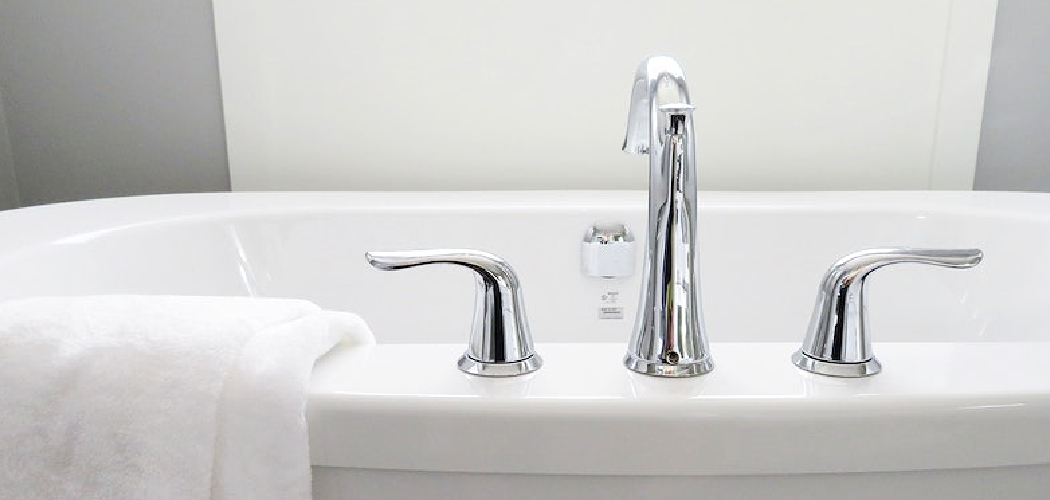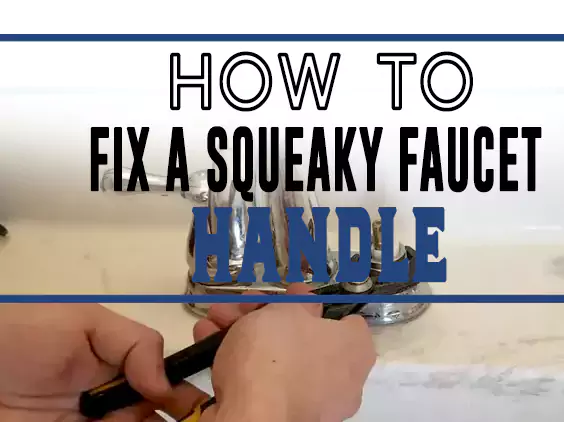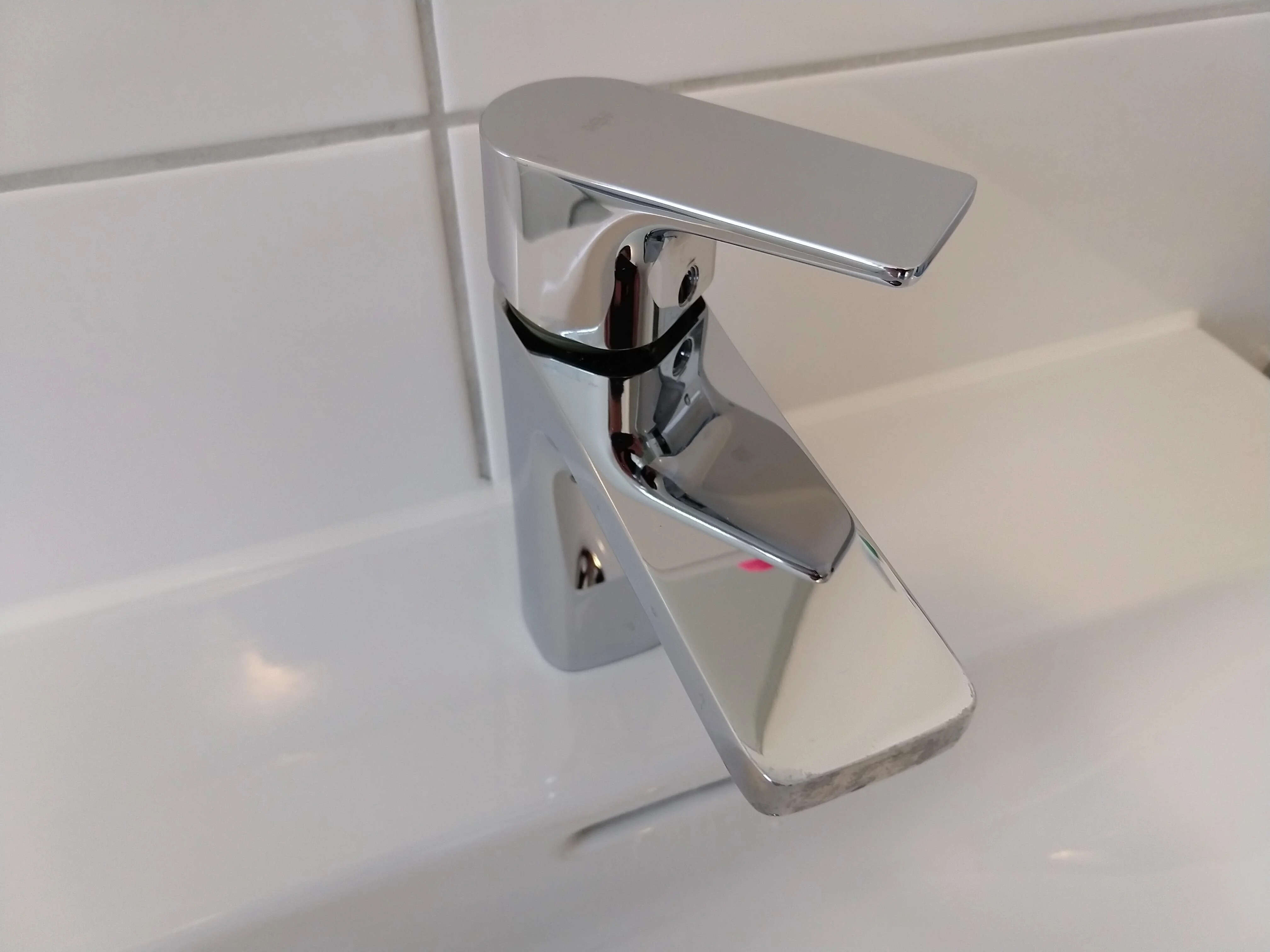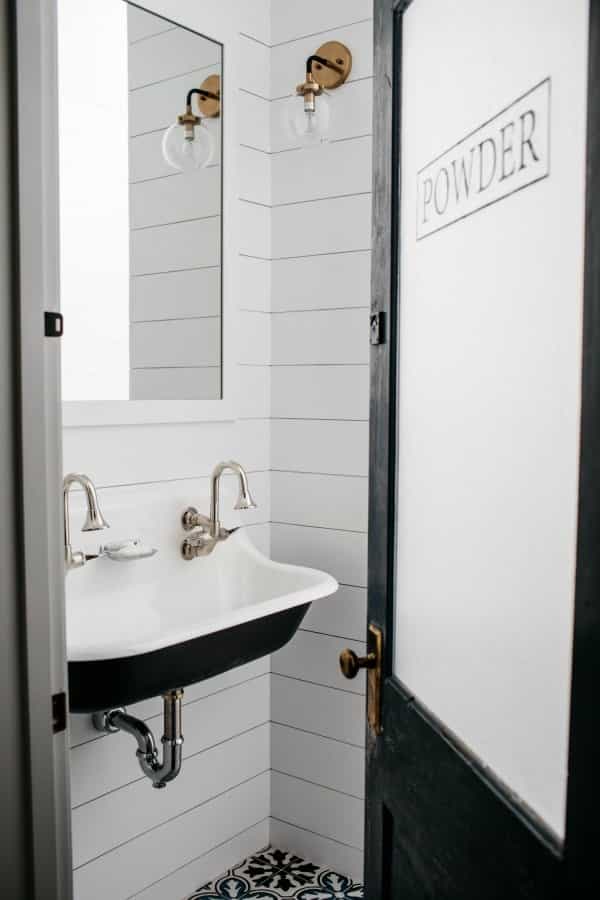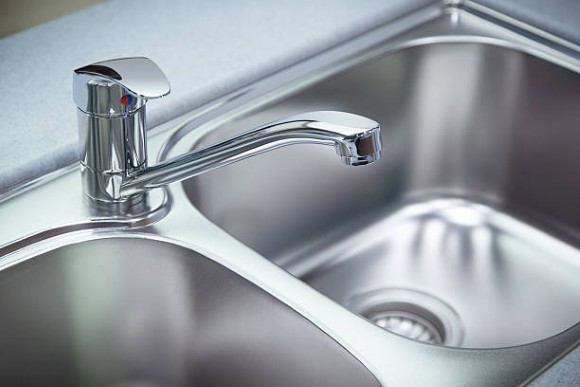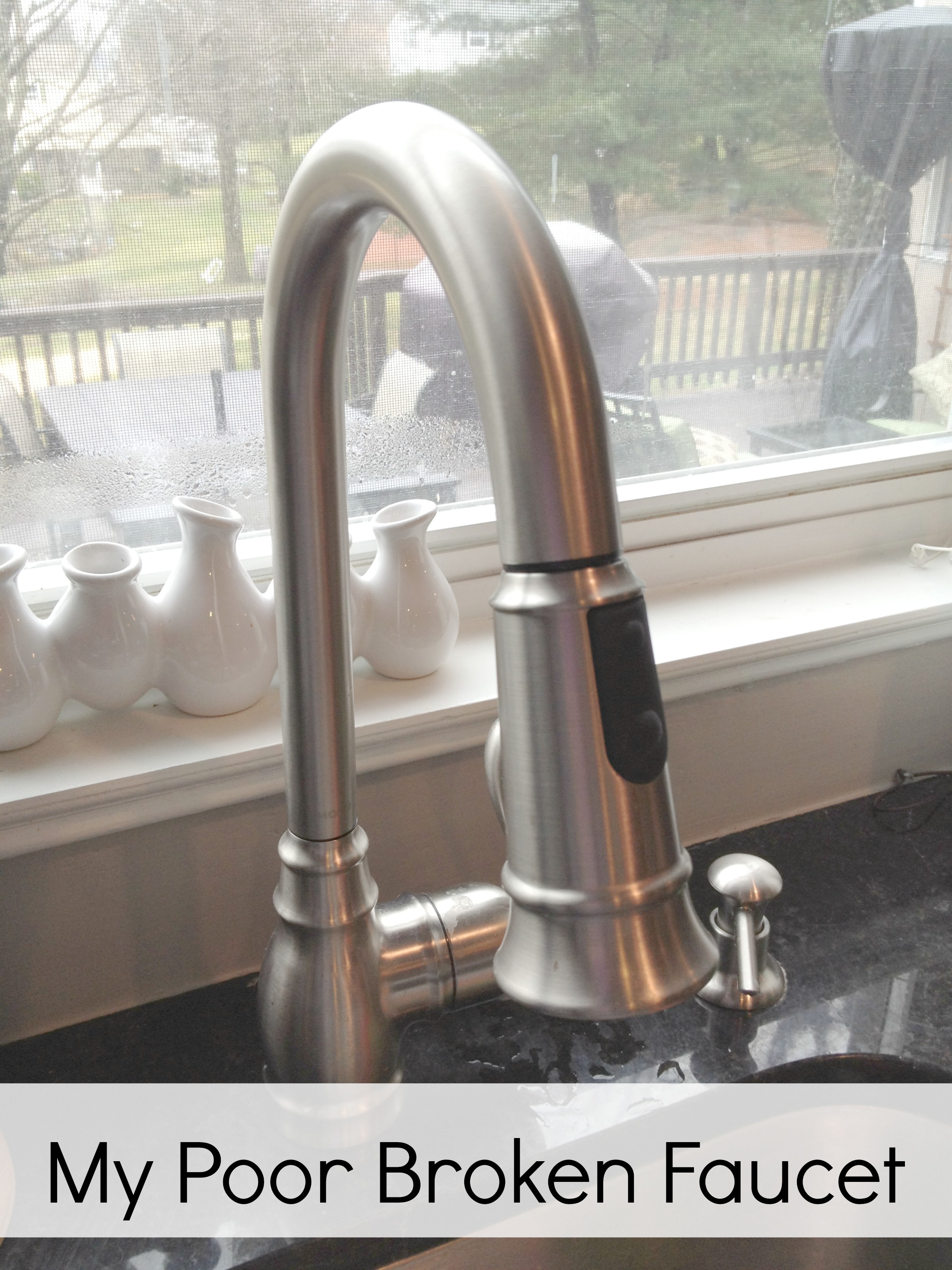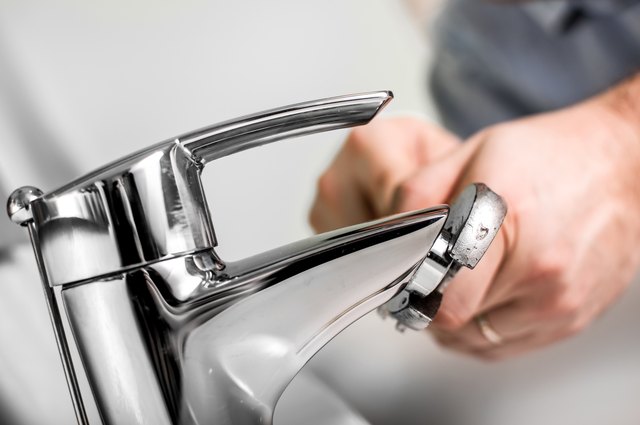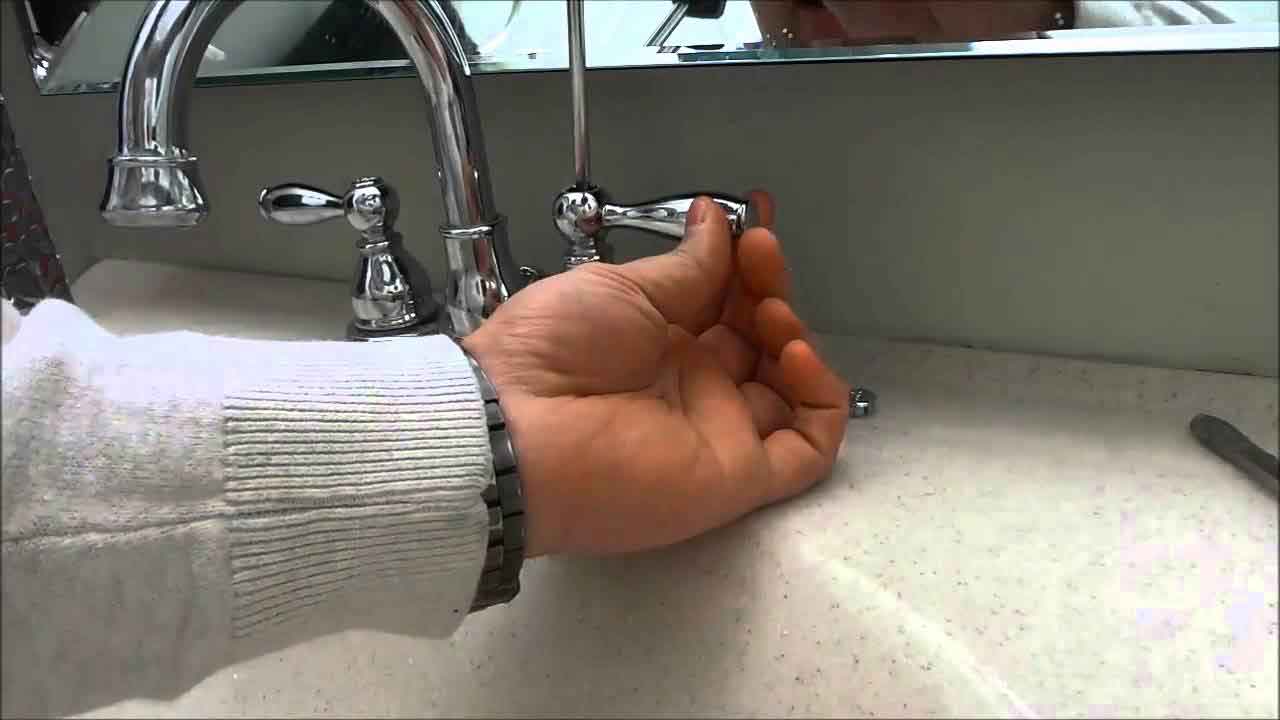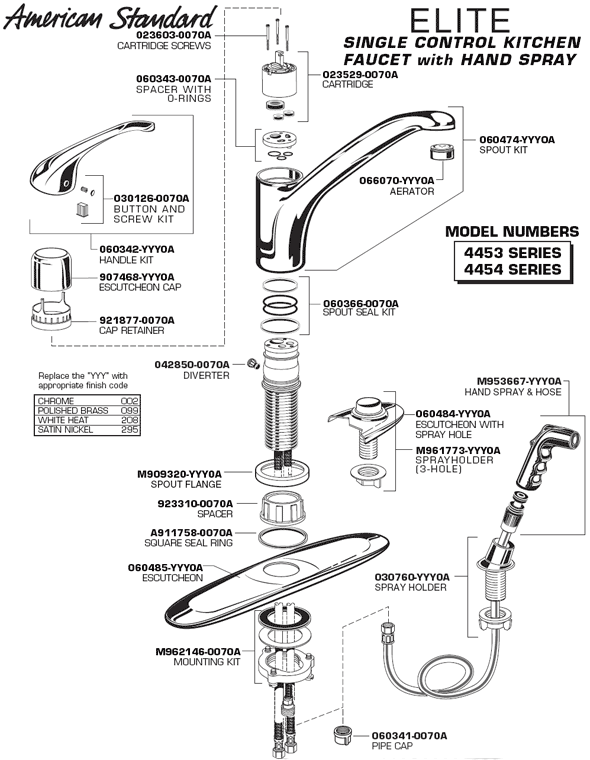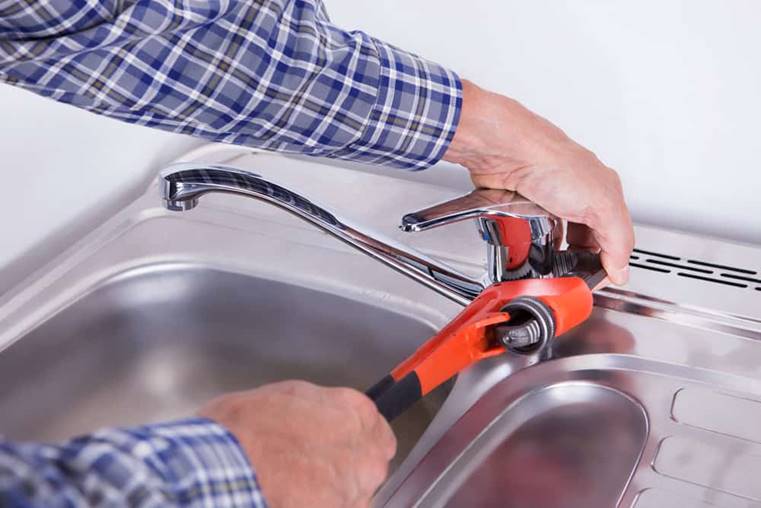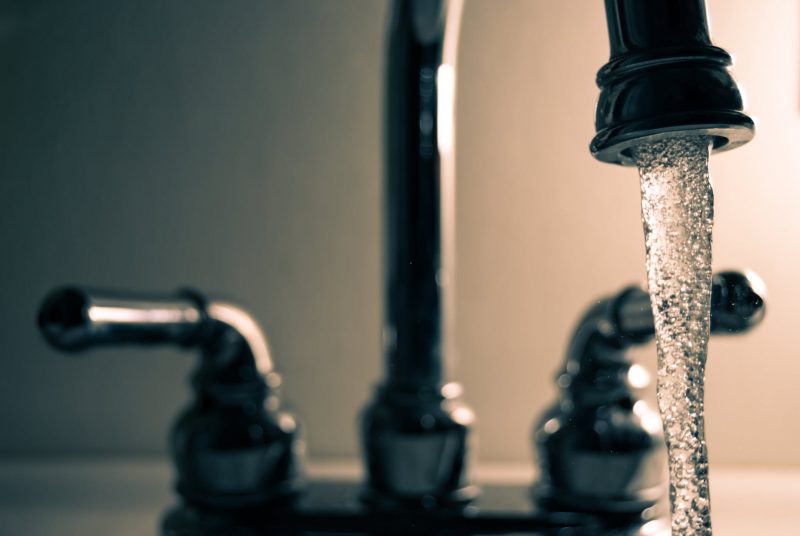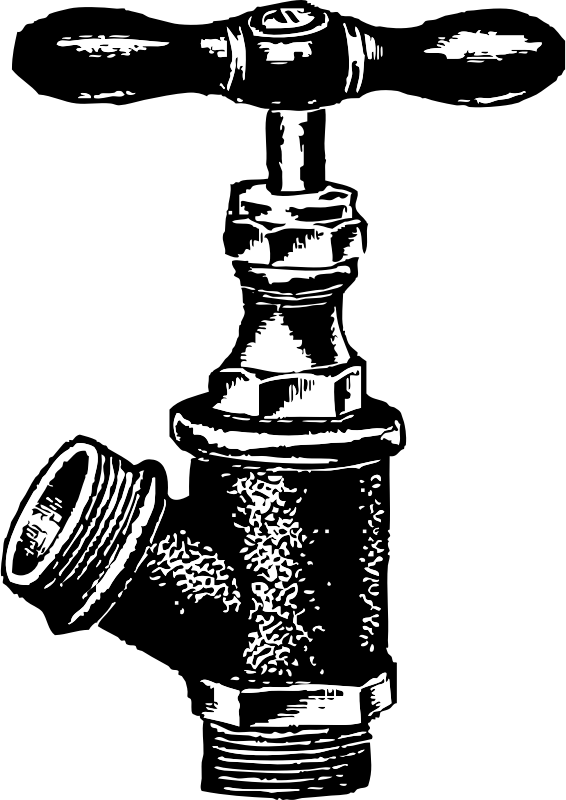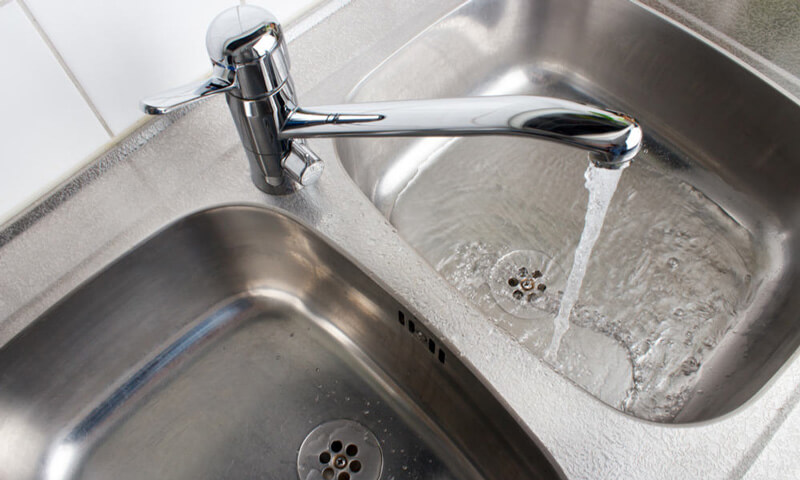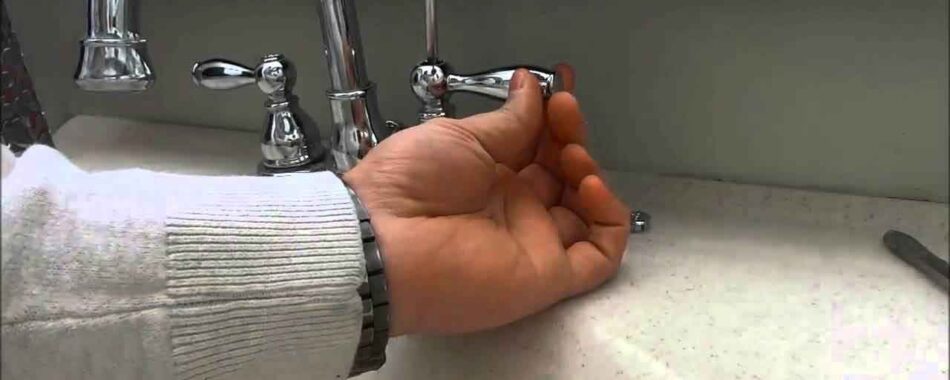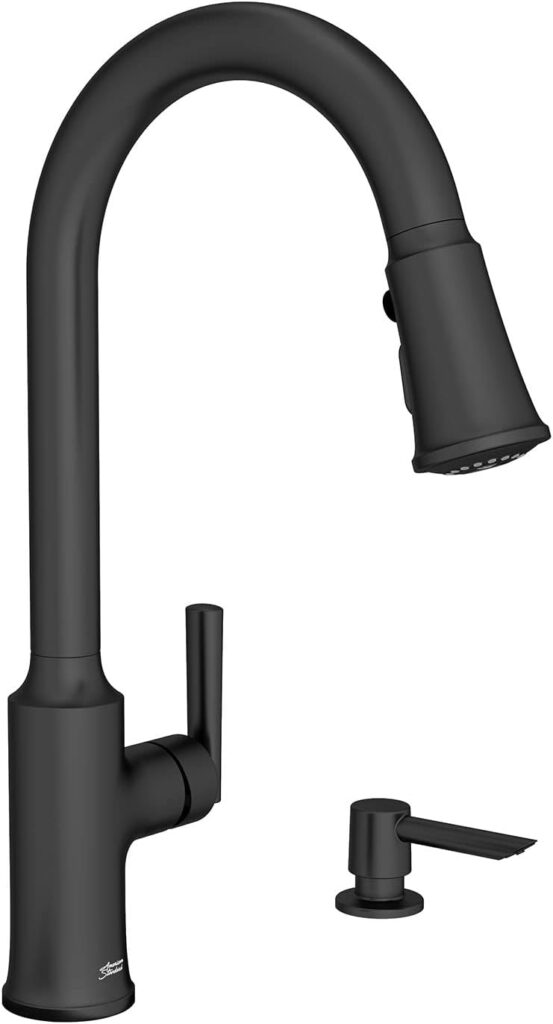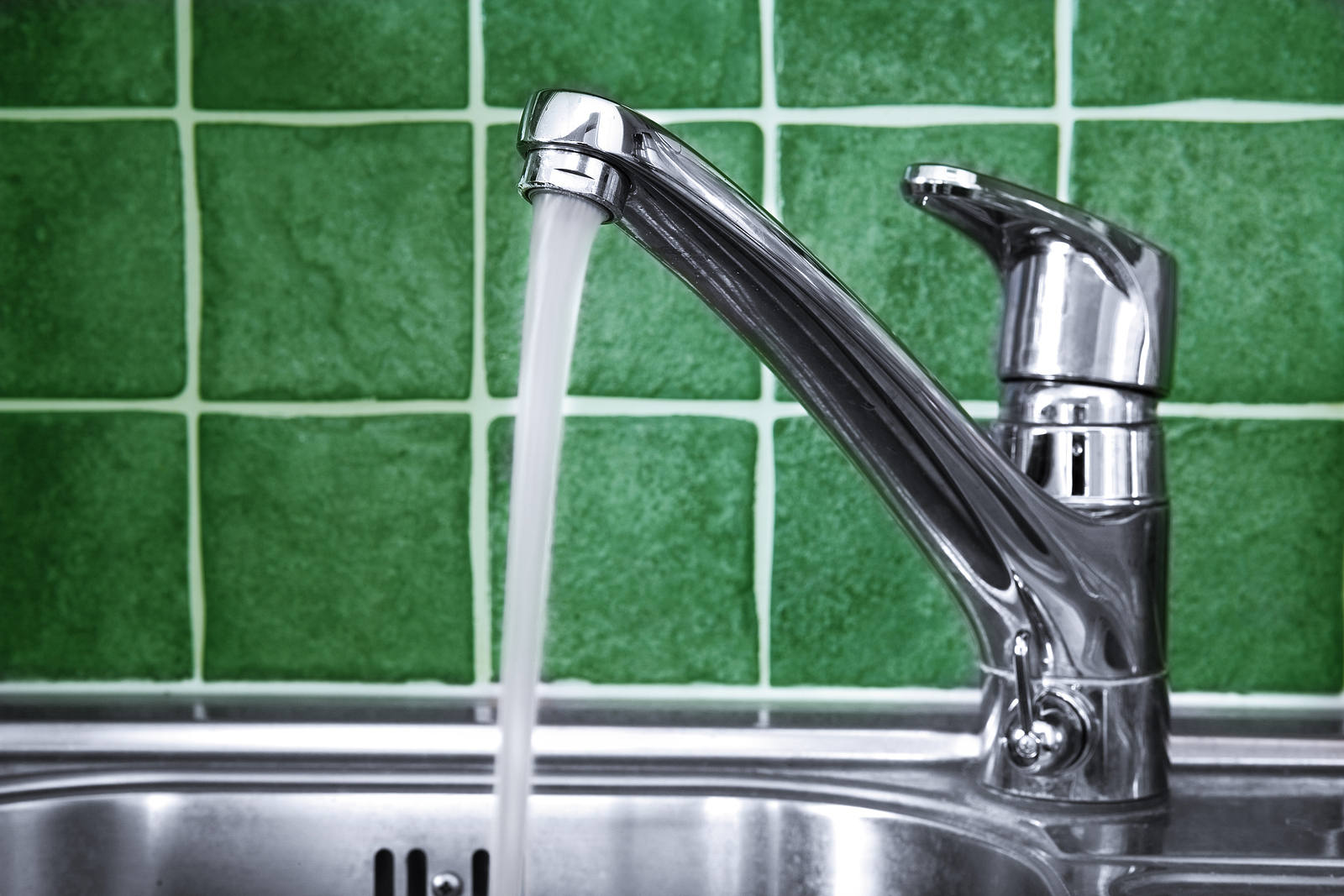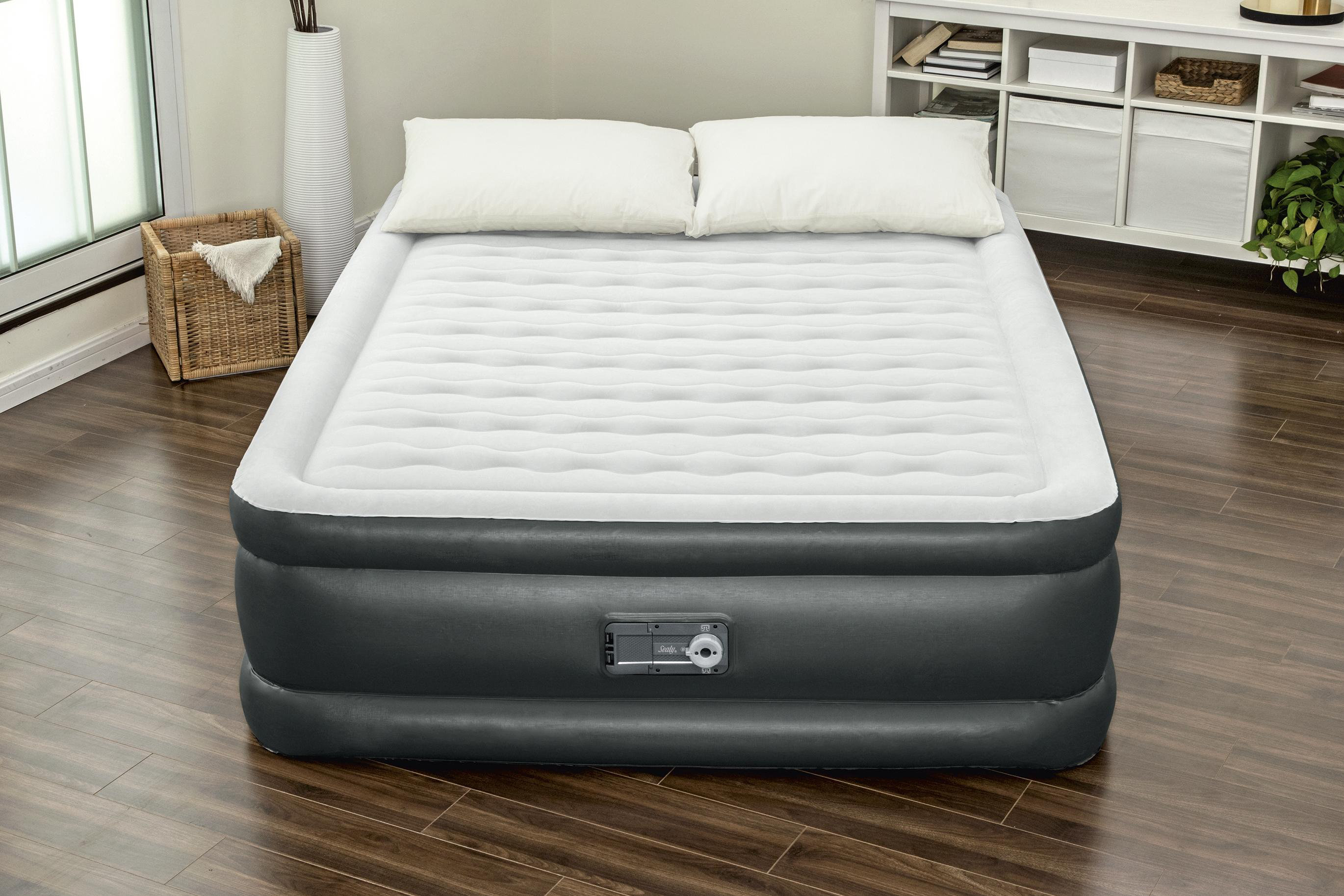If you have a squeaky kitchen sink faucet handle, you're not alone. This common household problem can be a major annoyance and disrupt your daily routine. But don't worry, fixing a squeaky faucet handle is easier than you think. With a few simple steps, you can silence that annoying noise and get back to a peaceful kitchen. Here's how.How to Fix a Squeaky Kitchen Sink Faucet Handle
Squeaky faucet handles can be a result of various reasons such as loose parts, worn out components, or simply lack of lubrication. Here are five tips that can help you silence that squeaky handle. 1. Tighten Loose Parts The first step in fixing a squeaky faucet handle is to check for any loose parts. Use a screwdriver to tighten any screws or bolts that may have become loose over time. This could be the quick fix you need to stop the squeaking. 2. Lubricate the Handle If tightening the parts doesn't solve the problem, the next step is to lubricate the handle. Use a silicone-based lubricant and apply it to the handle and any other moving parts. This will help reduce friction and eliminate the squeaky noise. 3. Replace Worn Out Components If the handle is still squeaking after lubrication, it may be time to replace some worn out components. This could include the O-ring, valve seats, or washers. These parts can wear out over time and cause the handle to squeak. It's best to replace them to ensure a long-term solution. 4. Check the Water Pressure Believe it or not, high water pressure can also cause a faucet handle to squeak. If you notice the handle only makes noise when the water is turned on, you may have high water pressure. Consider installing a pressure-reducing valve to solve this problem. 5. Call a Professional If none of the above tips work, it may be time to call a professional plumber. They can help diagnose the issue and provide a long-term solution to your squeaky faucet handle. Don't hesitate to seek professional help if needed.5 Tips for Silencing a Squeaky Faucet Handle
Fixing a squeaky faucet handle can be a DIY project, but it's important to have the right tools and knowledge to do it correctly. Here's a step-by-step guide on how to fix a squeaky faucet handle on your own. Step 1: Turn off the Water Before starting any repairs, make sure to turn off the water supply to the faucet. This will prevent any accidents or water damage while working on the handle. Step 2: Disassemble the Handle Using a screwdriver, remove any screws or bolts holding the handle in place. Carefully remove the handle and any other parts attached to it. Take note of the order in which the parts are assembled for easy reassembly later. Step 3: Clean and Lubricate Clean any dirt or debris from the handle and its components. Then, apply a silicone-based lubricant to all the moving parts. This will help reduce friction and eliminate the squeaking noise. Step 4: Replace Worn Out Parts If you notice any worn out or damaged parts, replace them with new ones. This will ensure a long-term solution to your squeaky faucet handle problem. Step 5: Reassemble the Handle Once all the parts have been cleaned and lubricated, reassemble the handle in the correct order. Make sure to tighten all screws and bolts securely to prevent any future squeaking. Step 6: Turn on the Water After reassembling the handle, turn the water supply back on and test the faucet. If all went well, the handle should no longer make any noise.DIY: Fixing a Squeaky Faucet Handle
If you've tried all the above tips and your faucet handle is still squeaking, it's time to troubleshoot the issue. Here are some common causes of a squeaky kitchen sink faucet handle and how to fix them. 1. Loose Handles If the handles are loose, they can cause the faucet to squeak when turned on or off. Use a screwdriver to tighten any loose screws or bolts and see if the noise stops. 2. Worn Out Parts As mentioned earlier, worn out components such as the O-ring, valve seats, or washers can cause a squeaky faucet handle. Replace any damaged parts to solve the problem. 3. High Water Pressure If your faucet handle only squeaks when the water is turned on, it could be a sign of high water pressure. Consider installing a pressure-reducing valve to fix this issue. 4. Mineral Build-Up Minerals and debris can build up in the faucet over time, causing it to squeak. Clean the aerator and other parts of the faucet regularly to prevent this from happening.Troubleshooting a Squeaky Kitchen Faucet Handle
Lubricating a squeaky faucet handle is a simple and effective way to silence the noise. Here's how to do it. Step 1: Turn off the Water Before lubricating the handle, make sure to turn off the water supply to prevent any accidents. Step 2: Clean the Handle Use a cloth to clean the handle and its components. This will remove any dirt or debris that may be causing the squeaking noise. Step 3: Apply Lubricant Using a silicone-based lubricant, apply a small amount to the handle and any other moving parts. This will help reduce friction and eliminate the squeaky noise. Step 4: Turn on the Water After lubricating the handle, turn the water supply back on and test the faucet. If it still squeaks, you may need to tighten any loose parts or replace worn out components.How to Lubricate a Squeaky Faucet Handle
There are a few common causes of a squeaky kitchen sink faucet handle. These include loose parts, worn out components, high water pressure, or mineral build-up. By identifying the cause, you can easily troubleshoot and fix the issue.Common Causes of a Squeaky Kitchen Sink Faucet Handle
If you don't have time for a full repair, here are some quick fixes to silence that squeaky faucet handle. 1. Use a Lubricant As mentioned earlier, applying a silicone-based lubricant can help reduce friction and eliminate the noise. This is a quick and easy solution that can provide temporary relief. 2. Tighten Loose Parts If you notice any loose screws or bolts, tighten them with a screwdriver. This could be all you need to stop the handle from squeaking. 3. Clean the Handle If mineral build-up is causing the squeaking, cleaning the handle and its components could help. Use a cloth and some mild soap to remove any debris.Quick Fixes for a Squeaky Faucet Handle
The best way to prevent a squeaky faucet handle is to perform regular maintenance. This includes cleaning the handle and its components, checking for loose parts, and replacing worn out components. It's also important to use a high-quality faucet and have a professional install it to prevent any future issues.Preventing a Squeaky Kitchen Sink Faucet Handle
If all else fails, it may be time to replace the squeaky faucet handle. This may require a bit more time and effort, but it will provide a long-term solution to the problem. You can either replace the handle on your own or call a professional plumber to do it for you.Replacing a Squeaky Faucet Handle
If all DIY methods fail, it's best to call a professional plumber. They have the knowledge and tools to diagnose and solve the issue quickly. They can also provide advice on how to prevent any future problems with your faucet handle.Professional Solutions for a Squeaky Kitchen Sink Faucet Handle
How to Fix a Squeaky Kitchen Sink Faucet Handle with Simple Steps
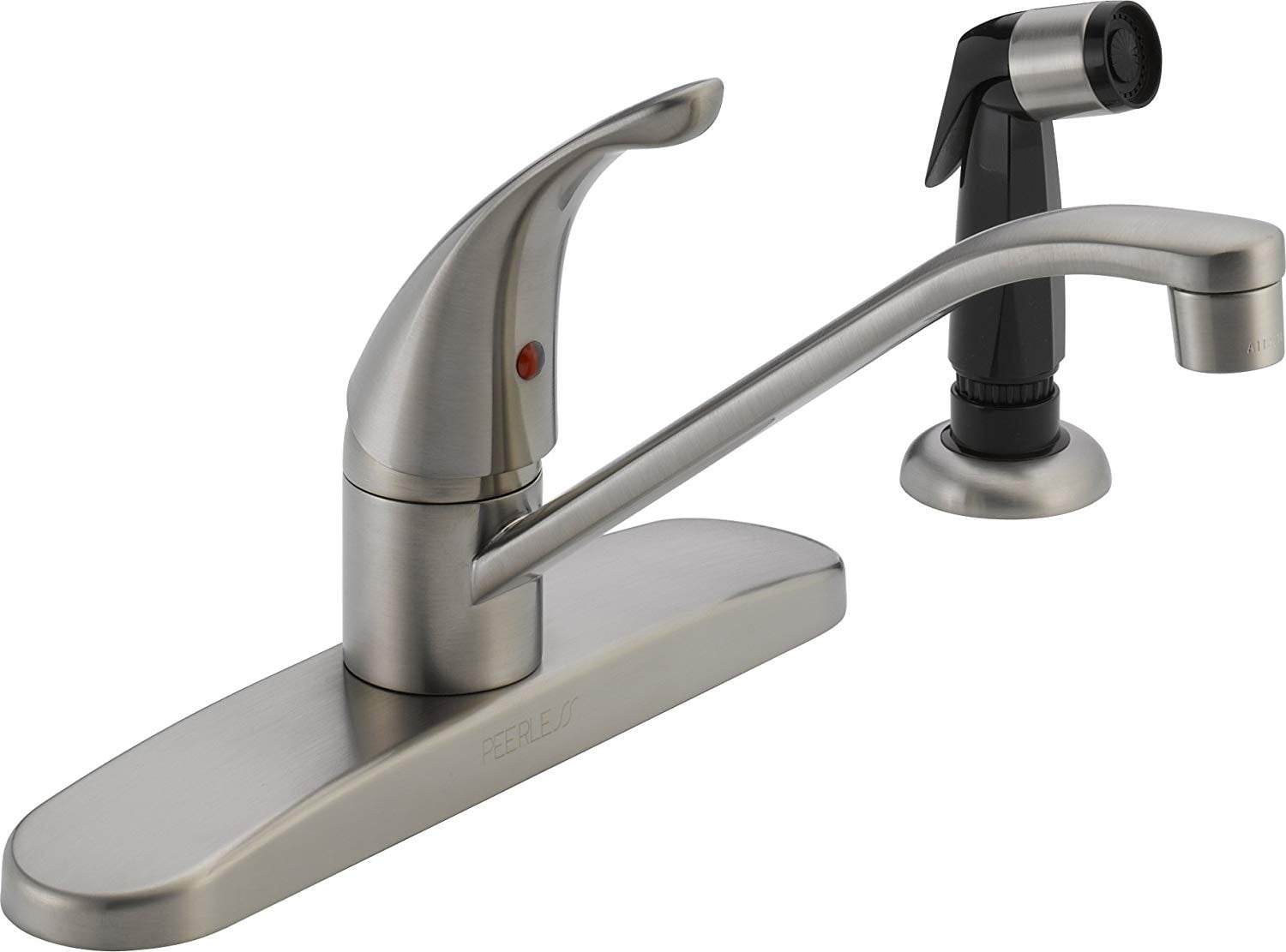
The Importance of a Functional Kitchen Sink Faucet
 The kitchen sink faucet is an essential element of any household. It is used frequently for washing dishes, preparing food, and even filling up the water for cooking. A squeaky kitchen sink faucet handle can be a nuisance and can disrupt the smooth functioning of your daily tasks. However, this issue can easily be resolved with a few simple steps.
The kitchen sink faucet is an essential element of any household. It is used frequently for washing dishes, preparing food, and even filling up the water for cooking. A squeaky kitchen sink faucet handle can be a nuisance and can disrupt the smooth functioning of your daily tasks. However, this issue can easily be resolved with a few simple steps.
Reasons for a Squeaky Kitchen Sink Faucet Handle
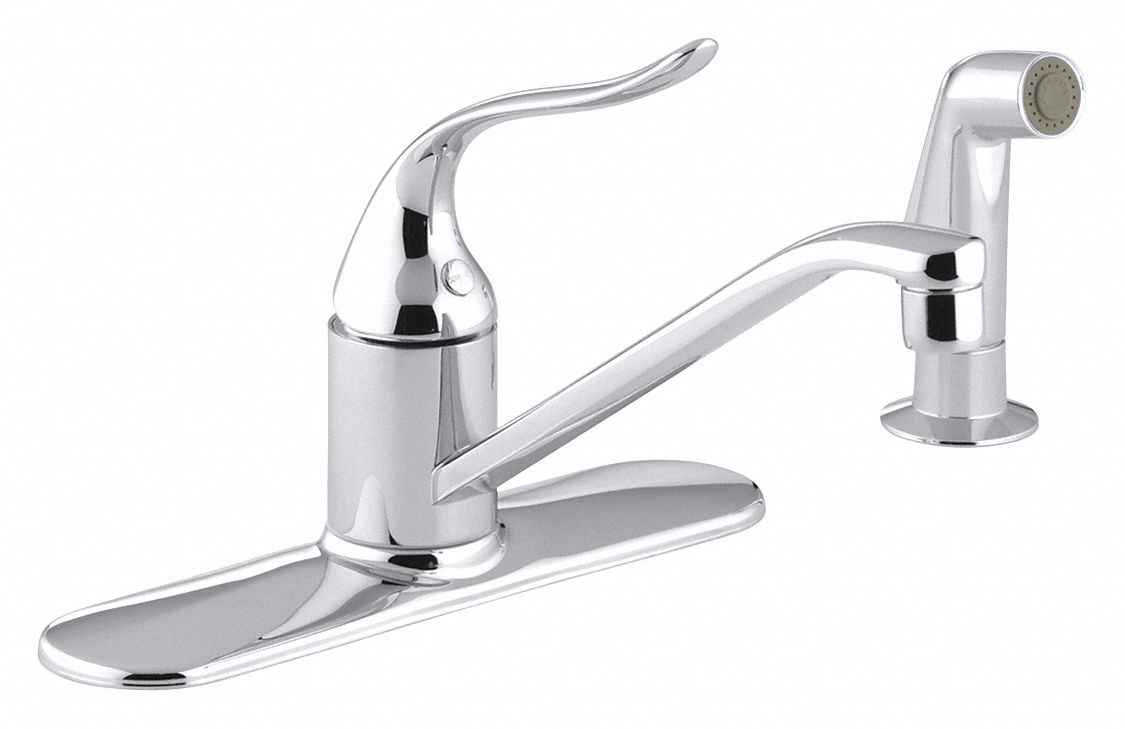 There can be various reasons for a squeaky kitchen sink faucet handle. Most commonly, it is due to the accumulation of mineral deposits or rust on the internal components of the faucet. Another reason could be worn-out or loose parts, causing friction and resulting in the squeaky noise.
There can be various reasons for a squeaky kitchen sink faucet handle. Most commonly, it is due to the accumulation of mineral deposits or rust on the internal components of the faucet. Another reason could be worn-out or loose parts, causing friction and resulting in the squeaky noise.
Step-by-Step Guide to Fix a Squeaky Kitchen Sink Faucet Handle
 Step 1:
The first step is to turn off the water supply to your kitchen sink. This will ensure that you can work on the faucet without any water leakage.
Step 2:
Next, remove the faucet handle by unscrewing it from the base. You may need to use a wrench or pliers depending on the type of handle.
Step 3:
Once the handle is removed, inspect the internal components for any buildup of mineral deposits or rust. If you see any, use a cleaning agent specifically designed for removing mineral deposits and rust.
Step 4:
If the squeaky noise persists, it may be due to worn-out or loose parts. In this case, you will need to replace the faulty parts with new ones. You can purchase these parts from a hardware store or online.
Step 5:
Once you have replaced the faulty parts or cleaned the internal components, reattach the faucet handle and turn on the water supply.
Step 6:
Test the faucet handle to ensure that the squeaky noise is gone. If the problem persists, you may need to seek professional help.
Step 1:
The first step is to turn off the water supply to your kitchen sink. This will ensure that you can work on the faucet without any water leakage.
Step 2:
Next, remove the faucet handle by unscrewing it from the base. You may need to use a wrench or pliers depending on the type of handle.
Step 3:
Once the handle is removed, inspect the internal components for any buildup of mineral deposits or rust. If you see any, use a cleaning agent specifically designed for removing mineral deposits and rust.
Step 4:
If the squeaky noise persists, it may be due to worn-out or loose parts. In this case, you will need to replace the faulty parts with new ones. You can purchase these parts from a hardware store or online.
Step 5:
Once you have replaced the faulty parts or cleaned the internal components, reattach the faucet handle and turn on the water supply.
Step 6:
Test the faucet handle to ensure that the squeaky noise is gone. If the problem persists, you may need to seek professional help.
Preventive Measures for a Long-Lasting Faucet Handle
 To avoid facing the same issue in the future, you can take preventive measures to ensure your kitchen sink faucet handle remains functional for a long time. Regularly clean the faucet handle and its internal components to prevent the buildup of mineral deposits or rust. Additionally, avoid using excessive force while turning the faucet handle, as it can cause damage to the internal components.
In conclusion, a squeaky kitchen sink faucet handle is a common issue that can easily be fixed with a few simple steps. By following the above guide, you can save time and money by avoiding the need to replace your entire faucet. Remember to regularly maintain your faucet to prevent any future problems.
To avoid facing the same issue in the future, you can take preventive measures to ensure your kitchen sink faucet handle remains functional for a long time. Regularly clean the faucet handle and its internal components to prevent the buildup of mineral deposits or rust. Additionally, avoid using excessive force while turning the faucet handle, as it can cause damage to the internal components.
In conclusion, a squeaky kitchen sink faucet handle is a common issue that can easily be fixed with a few simple steps. By following the above guide, you can save time and money by avoiding the need to replace your entire faucet. Remember to regularly maintain your faucet to prevent any future problems.




